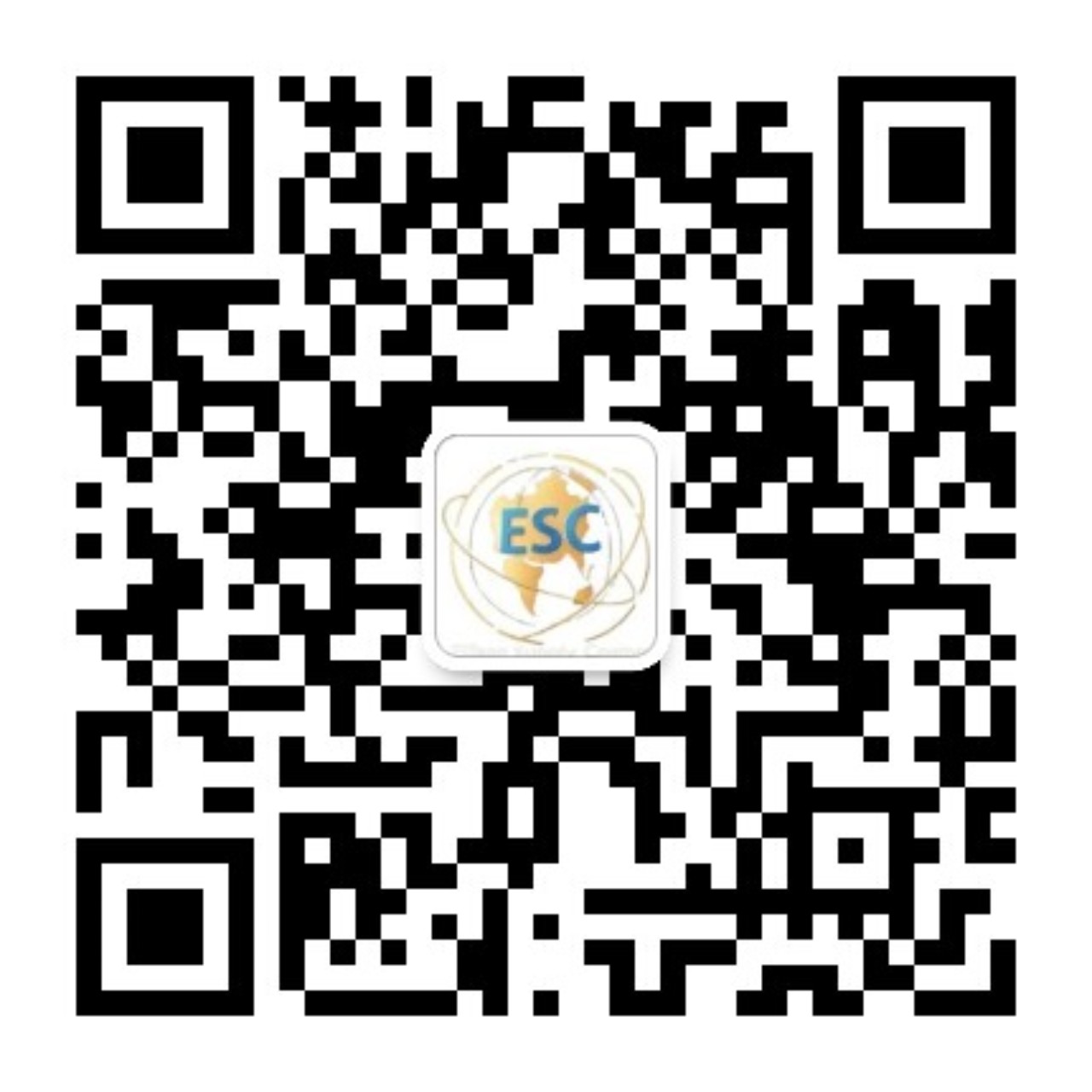
In international trade, buyers may require exporters to provide a marine/ocean bill of lading (B/L) or a house bill of lading (HBL). But what exactly are the differences between the two?
Marine/Ocean Bill of Lading (MARINE/OCEAN B/L)
It serves three core functions:
A cargo receipt issued by the carrier or its agent to the shipper upon receipt of the goods.
A documentary evidence confirming the establishment of the transportation contract between the carrier and the shipper.
A document of title that entitles the consignee to take delivery of the goods at the destination port.
Corresponding to the marine/ocean B/L are the Charter Party B/L (CPL) and Multimodal Transport Document (MTD).
House Bill of Lading (HOUSE B/L)
Its counterpart is the Master Bill of Lading (MBL) (issued by the shipping line).
These two types of B/Ls are largely similar, with the key difference being the qualification of the issuer. For HBL, an additional "document exchange fee" (sometimes more than one) is required at the destination port.
Unless specifically stipulated in the Letter of Credit (L/C), both B/Ls have equal validity: they are both negotiable documents and can be transferred via endorsement.
Key Differences Between the Two B/Ls
Issuer & Delivery Process:
A marine/ocean B/L is issued by the shipping line. With a marine/ocean B/L, anyone can collect the goods directly from the shipping line at the destination port.
An HBL is issued by a freight forwarder based on the marine/ocean B/L. To collect the goods, the holder must first exchange the HBL for the marine/ocean B/L at the forwarder’s designated agent or branch at the destination port.
Cost & Efficiency Considerations:
If you prefer to prepay freight and collect goods quickly, choose a marine/ocean B/L—it also saves you a "document exchange fee" (usually around a dozen US dollars).
If you need to control the title to the goods or arrange for freight collect, an HBL is required. Freight forwarders can assist with these requests, but this service is not free.
Applicability to Cargo Type:
For less-than-container load (LCL) goods (bulk, non-full-container cargo), only an HBL is available. Shipping lines do not handle LCL consolidation or cargo distribution at the destination port—this is managed exclusively by freight forwarders.
Flexibility for L/C Transactions:
If you are operating under an L/C but cannot produce the goods or load them onto the ship by the stipulated delivery date, you may opt for an HBL and request the forwarder to backdate the B/L. However, this is an irregular practice and typically requires you to provide a letter of guarantee.
Control Over Terms & Document of Title Status:
A marine/ocean B/L is the most fundamental document of title. Many of its terms are non-negotiable (set by the shipping line) and cannot be modified by the shipper.
Customs Declaration Alignment:
The reference number of a typical HBL is not entered into the customs manifest management system, so it does not match the B/L number listed on the import declaration form.
Contact Information for Document Exchange:
An HBL always includes the name and contact details of the company responsible for document exchange. This contact is not a port shipping agent (e.g., China National Foreign Trade Transportation Corporation (SINOTRANS) or local shipping agents).
Issuer Identification on the Document:
An HBL usually contains the phrase "as agent of carrier" on its face. In contrast, a marine/ocean B/L displays "as carrier".
